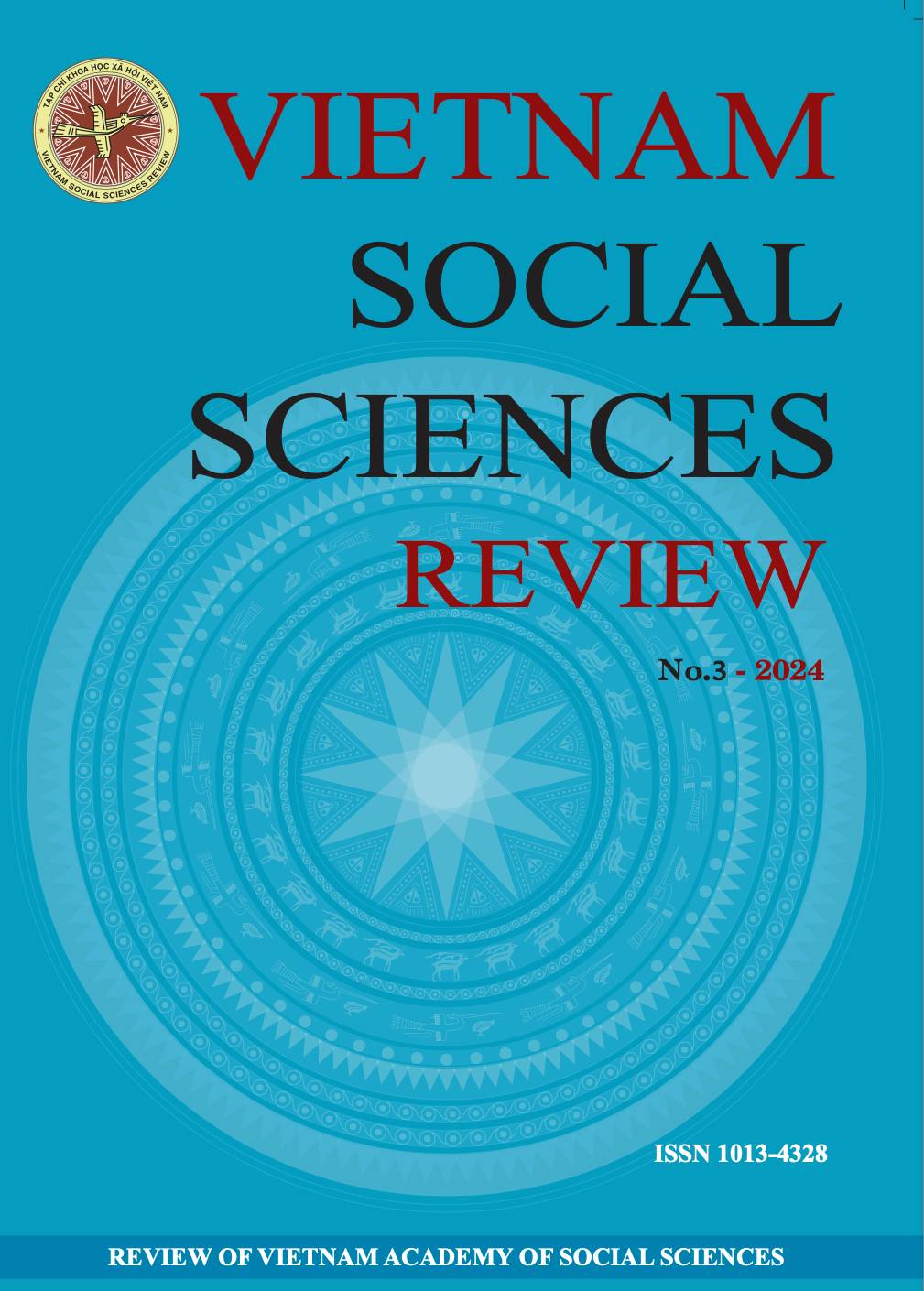Early Paleolithic Cultures in East and Southeast Asia: Reevaluating the Movius Line
Keywords:
Movius Line, Paleolithic, East and Southeast Asia.Abstract
In the 1940s, Hallam Movius, Professor at Harvard University, put forward a hypothesis about the existence of two large Lower Paleolithic cultural provinces in Eurasia: a handaxe complex and a chopper-chopping-tool complex. The former was said to be progressive while the latter involved “cultural retardation”. This hypothesis, later known as “Movius Line”, has had a profound influence on the study of paleoanthropology and Paleolithic archaeology in East and Southeast Asia. In the last two decades, its validity has been hotly debated in the international academic community. Based on available data, the authors comment on this hypothesis, pointing out that handaxes together with picks and cleavers which characterize the Acheulean culture are widely distributed in East and Southeast Asia. It is concluded that the bifacial industries in this region are Acheulean-like and belong to the Acheulean Techno- Complex. The Movius Line has no validity for the Paleolithic archaeological data from East and Southeast Asia, and should be set aside.
DOI:
https://doi.org/10.56794/VSSR.3(220).18-45Classification number
Archeology

Downloads
Published
References
Early Paleolithic in South and East Asia. The Hague: Mouton: 163-232.
Bartstra, G.-J. & Basoeki. (1989). Recent work on the Pleistocene and Paleolithic of Java. Current Anthropology, 30(2): 241-243.
...


